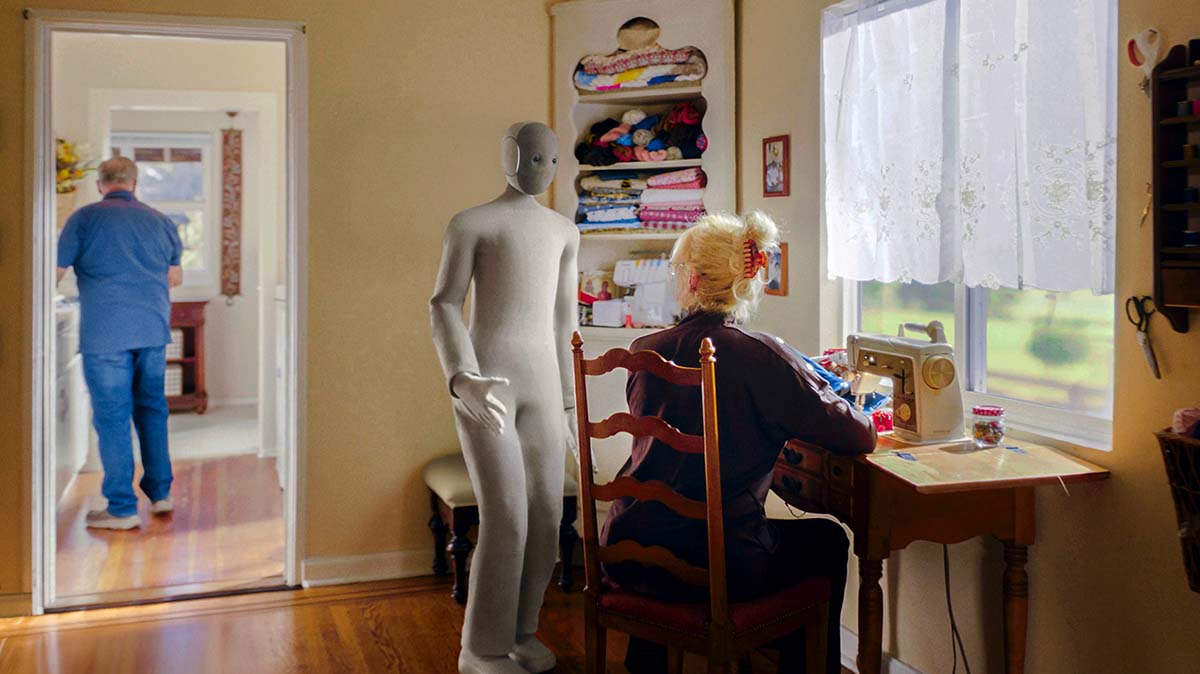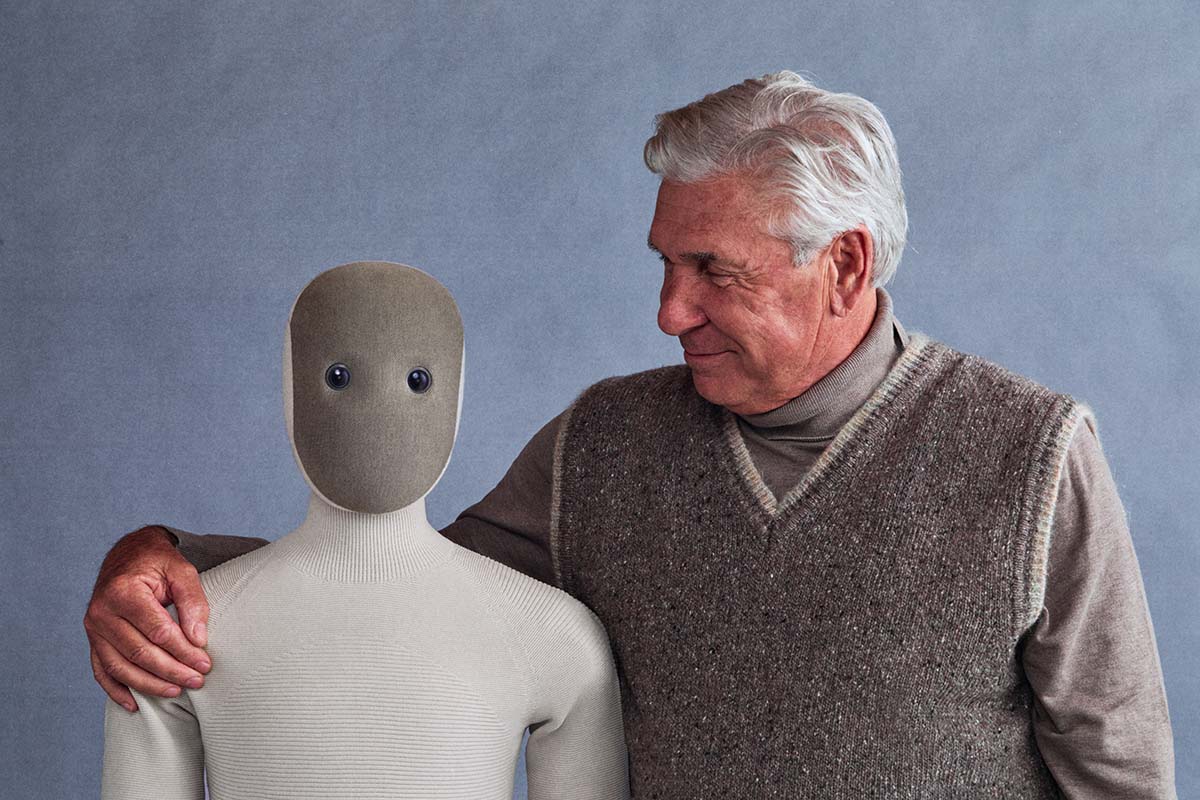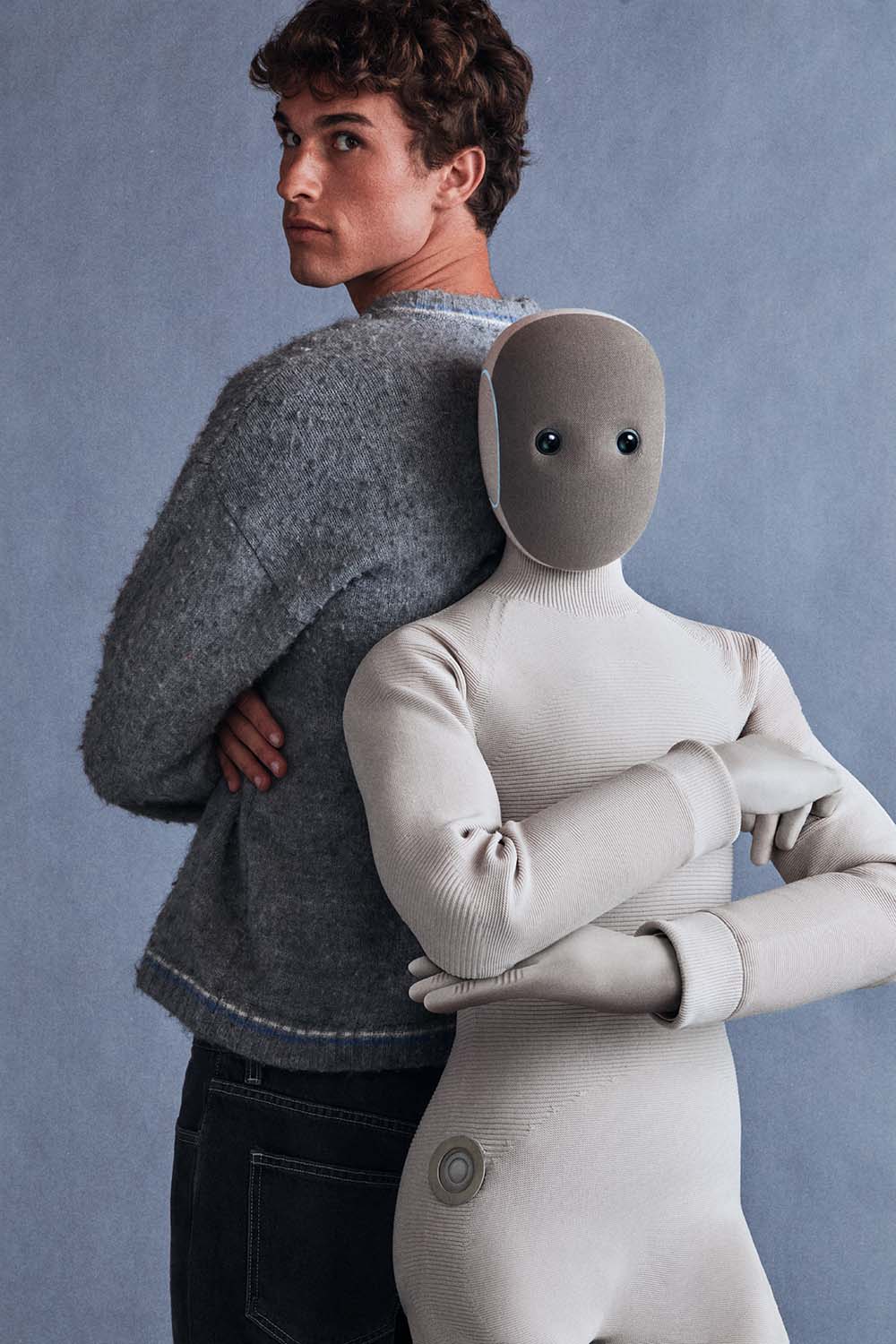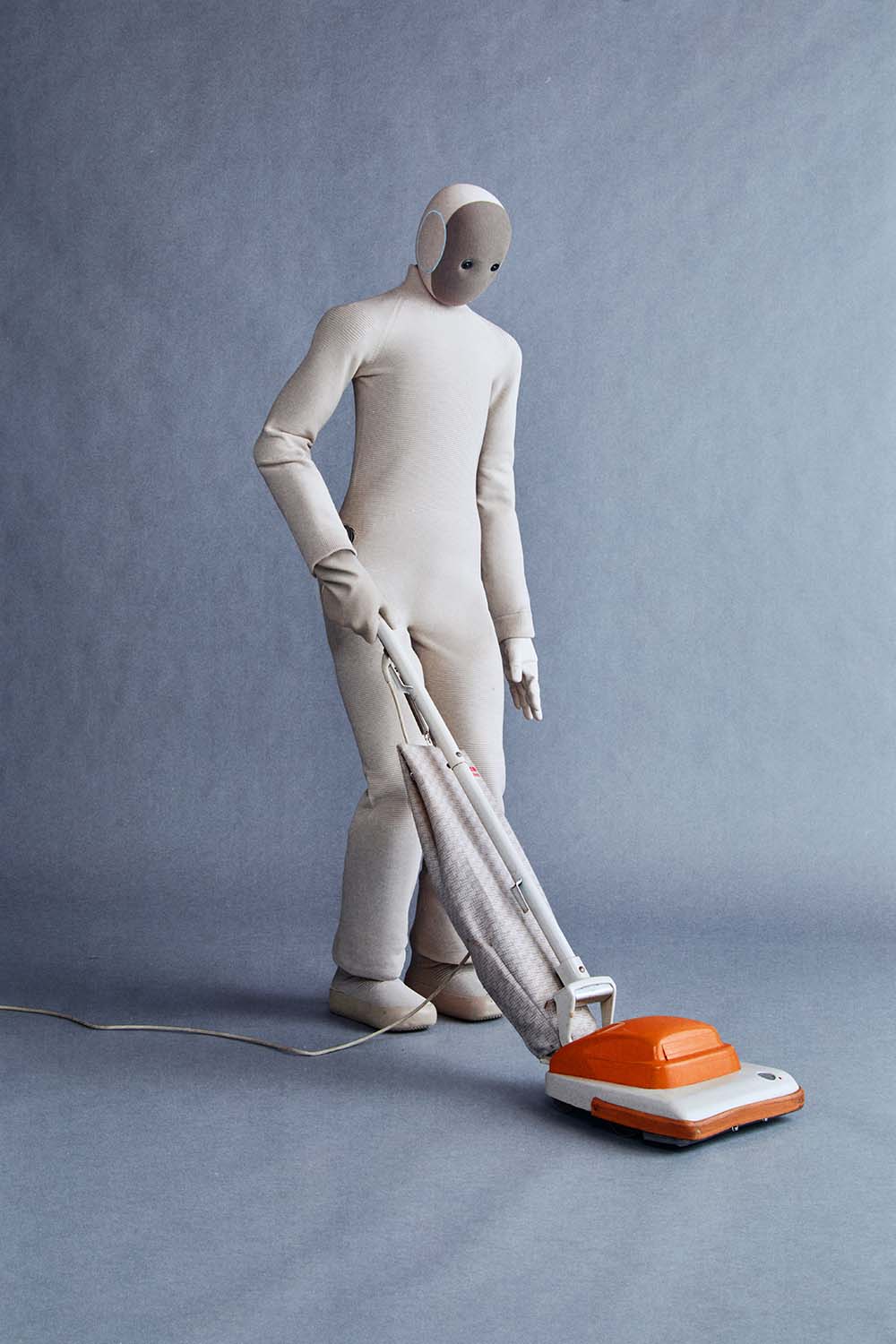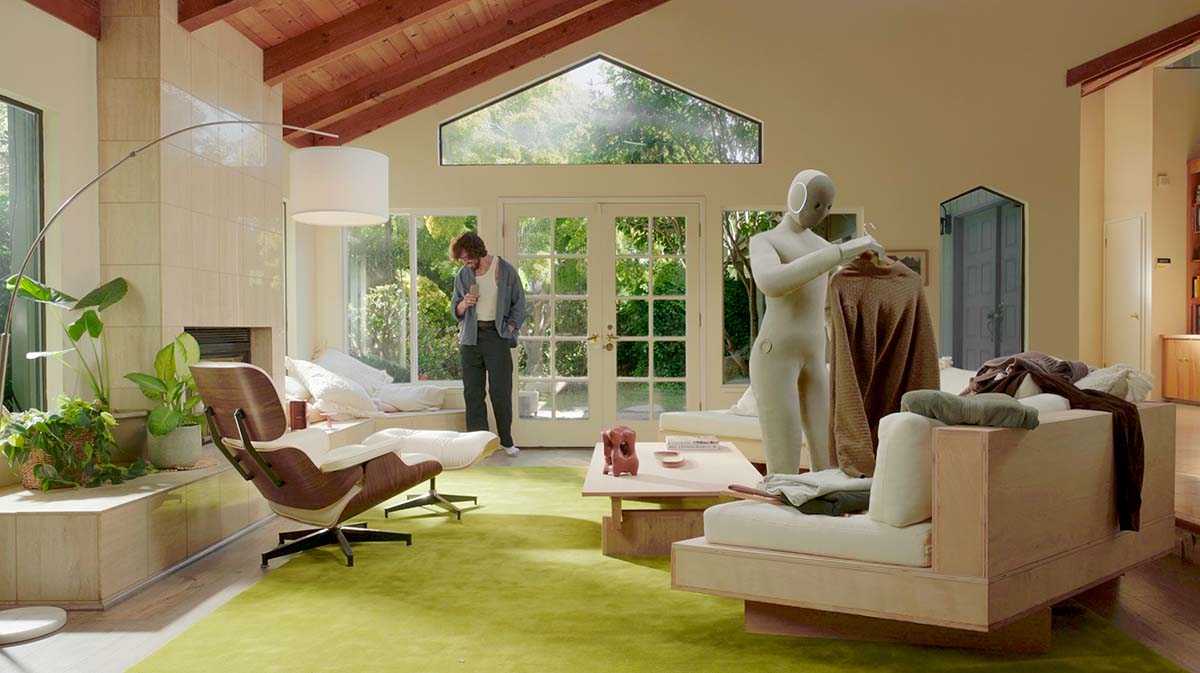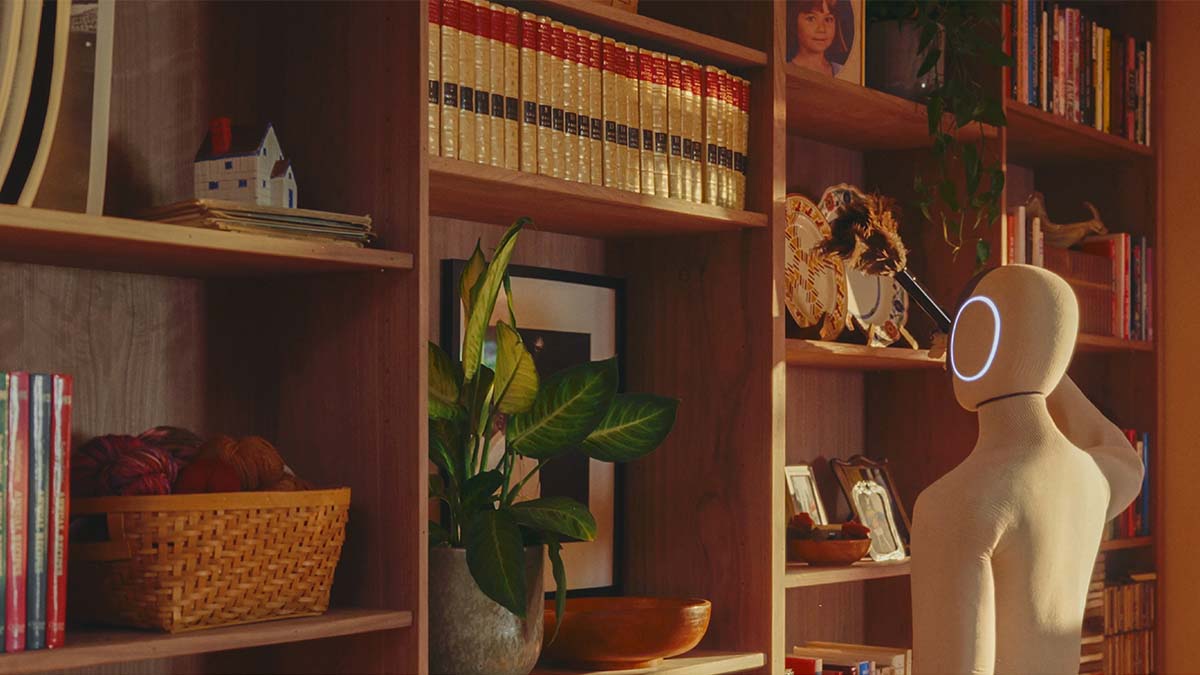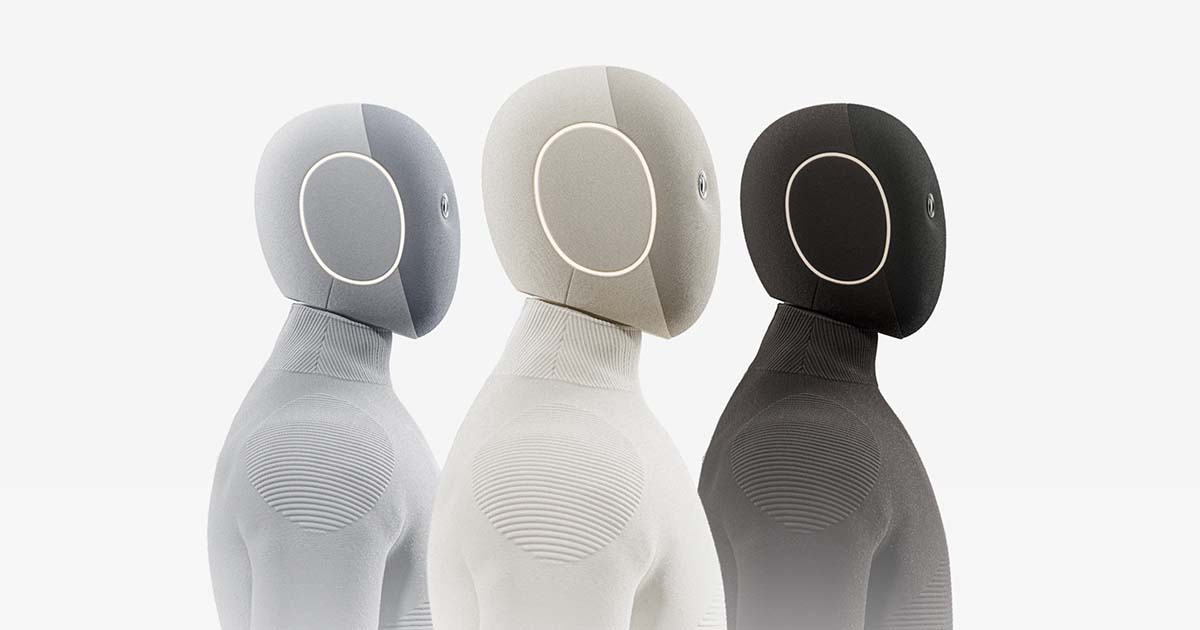Norway’s 1X Technologies has spent the past decade pursuing a singular vision: humanoid robots that belong in homes, not just laboratories. Founded by engineer Bernt Børnich, whose early fascination with Japanese robotics pioneers like Honda’s ASIMO team shaped his ambitions, the company has now unveiled NEO, a humanoid designed for the intimate spaces of everyday life. Where others have prioritized performance metrics and technological prowess, 1X has focused on something quieter: creating a presence that feels natural rather than intrusive.
The approach extends beyond engineering. NEO’s design draws directly from Japanese design principles: the minimalism of Kengo Kuma and Tadao Ando, as well as the thoughtful simplicity of Naoto Fukasawa. It’s a deliberate choice that reflects 1X’s broader philosophy: that the robots we invite into our homes will succeed not through dominance, but through harmony.
In this Q&A, Børnich talks about the Japanese influences that shaped his journey, the design philosophy behind NEO, and why safety and affordability are just as critical as capability in bringing humanoids into everyday life.
Bridges: This year marks 1X’s tenth anniversary. Looking back to the early days of building human-like robots in Norway, what milestones do you feel most clearly shaped the company’s identity and ambition, and how have they influenced your vision for the decade ahead?
Børnich: My early ambitions of bringing humanoids into the world gravitated around the early work of Japanese roboticists who pushed the frontier of the space forward with projects like Honda ASIMO and the efforts made by the researchers at Waseda University. In fact, my dream out of high school was to study robotics in Japan… it is no stretch of the truth that Japan contributed significantly to my passion early on for robotics.
With the launch of NEO, 1X is moving humanoid robotics from the laboratory into people’s homes. What were the most important principles guiding its development, particularly in terms of safety, usability and emotional acceptance in everyday spaces? How do you imagine NEO reshaping the way people live, work and rest at home?
Safety and affordability without sacrificing performance. It’s the only way that we can have robots live and learn among us on the path to AGI. People still hardly understand the nuance of what it takes to achieve a safe humanoid or the level of R&D that went in to creating a capable, yet safe, low energy hardware system; nor do they understand how critical it is to bring forth the emergence of helpful humanoids in the world– I am confident that we will look back on this era and recognize that safety, affordability, and capability all being in perfect balance as the crux of solving this generational problem.
NEO’s essentialist aesthetic feels quiet, calming and intentional–qualities often associated with Japanese design. How has Japanese culture influenced the visual and functional design of NEO, and why was it important for you to create a robot that feels natural in a home-setting?
Our head of design has been a student of Japanese culture and design since he was a kid. Our alignment on the quality, beauty, simplicity, and tranquility of Japanese design principles along with our respect for legendary Japanese design and designers lead us to the robot we have today. The 1X universe was largely inspired by the work of Kengo Kuma and Tadao Ando while the work of legendary product designers including the likes of Naoto Fukasawa inpsired much of our industrial design approach. Our suits are also a product of the Japanese Shima Seiki technology which turned out to be the perfect cross section of function and aesthetics. I could say much more, but the short answer is Japanese art and design is at the core of everything we do in our 1X Design Studio.
The warm embrace of humanoids in Japanese culture doesn’t only make Japan a clear candidate for early market expansions, but also will be instrumental in breathing positivity and optimism into the future we will all create together.
Bernt Børnich, Founder and Chief Executive Officer at 1X
Japan has long been a global leader in robotics and is one of the cultures most open to human-robot coexistence. As 1X looks beyond Norway and the United States, how do you view Japan’s role not only as a future market but also as a partner in research, design or deployment? What kinds of collaboration would you most like to see develop?
The warm embrace of humanoids in Japanese culture doesn’t only make Japan a clear candidate for early market expansions, but also will be instrumental in breathing positivity and optimism into the future we will all create together.
As 1X marks its tenth year, the company is expanding its vision beyond Norway and the United States. Japan represents more than just a new market. It’s a culture that has long embraced the potential of human-robot coexistence, making it a natural partner for 1X’s approach. Where skepticism often greets humanoid robotics in the West, Japan offers something different: a society ready to welcome these technologies into daily life.
For Børnich and his team, this cultural openness will be essential in shaping a future where humanoids become genuinely helpful presences. The path forward, as 1X sees it, is less about racing toward technological milestones and more about thoughtful integration, building robots that people actually want to live with.

